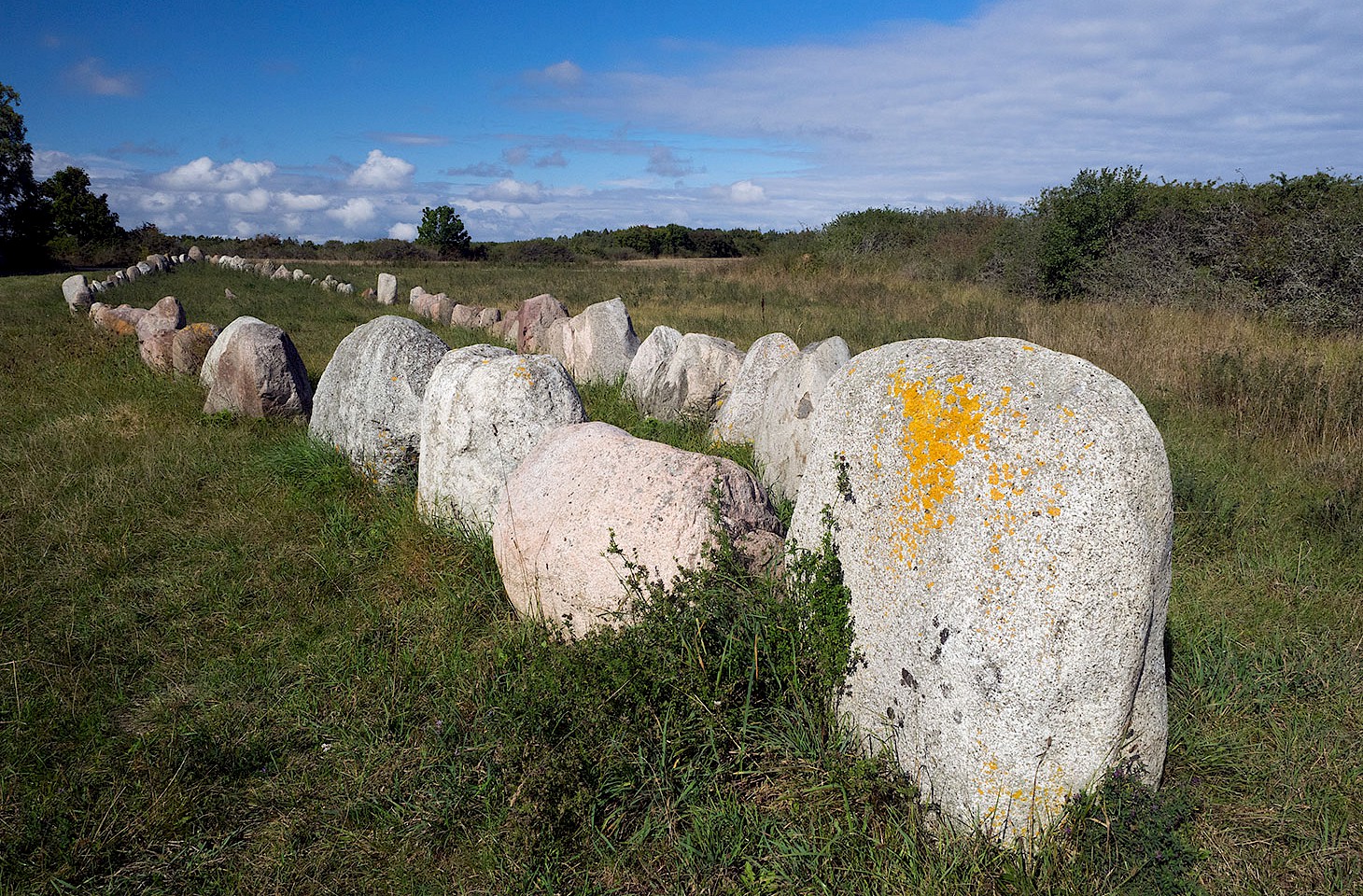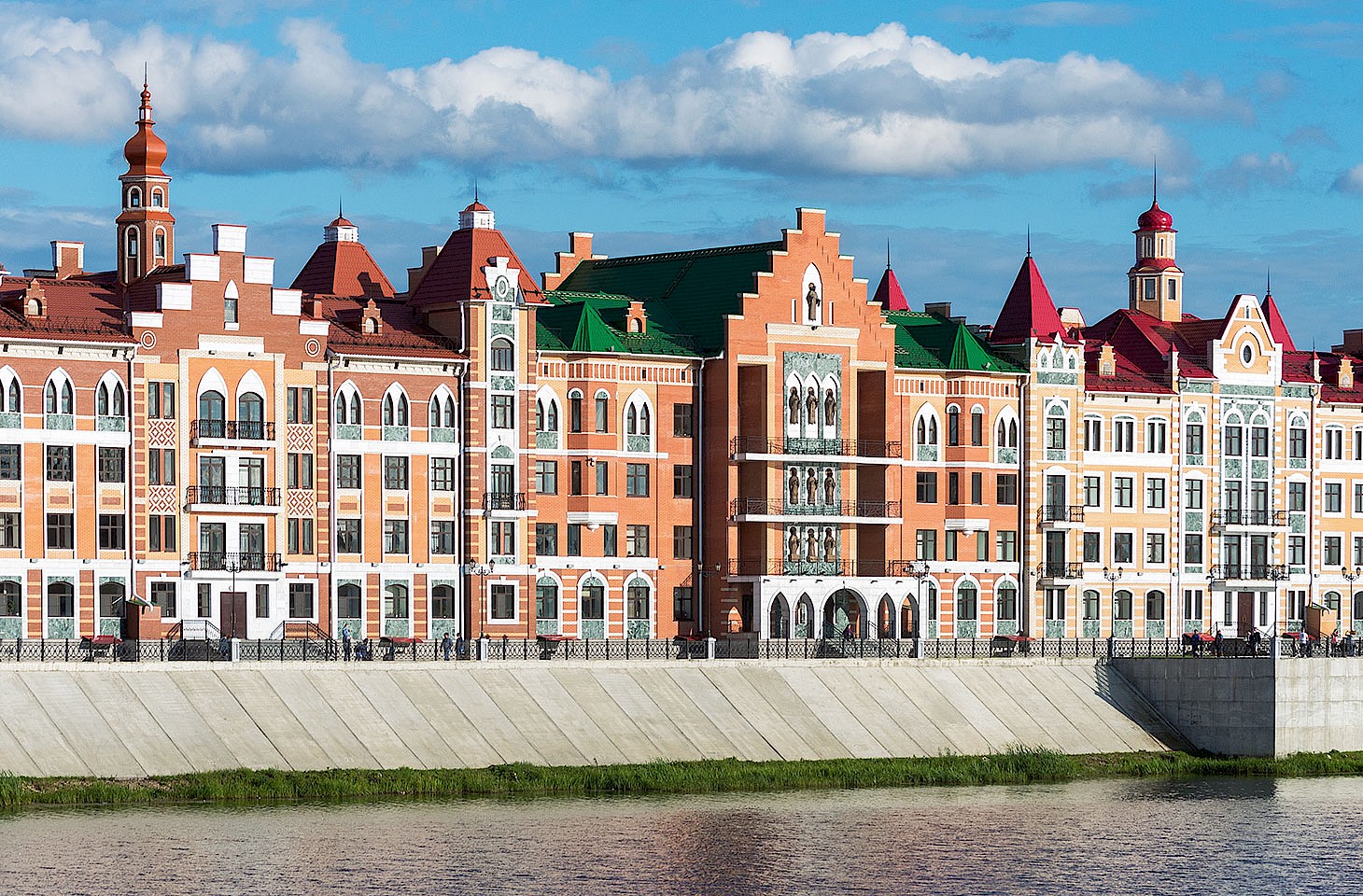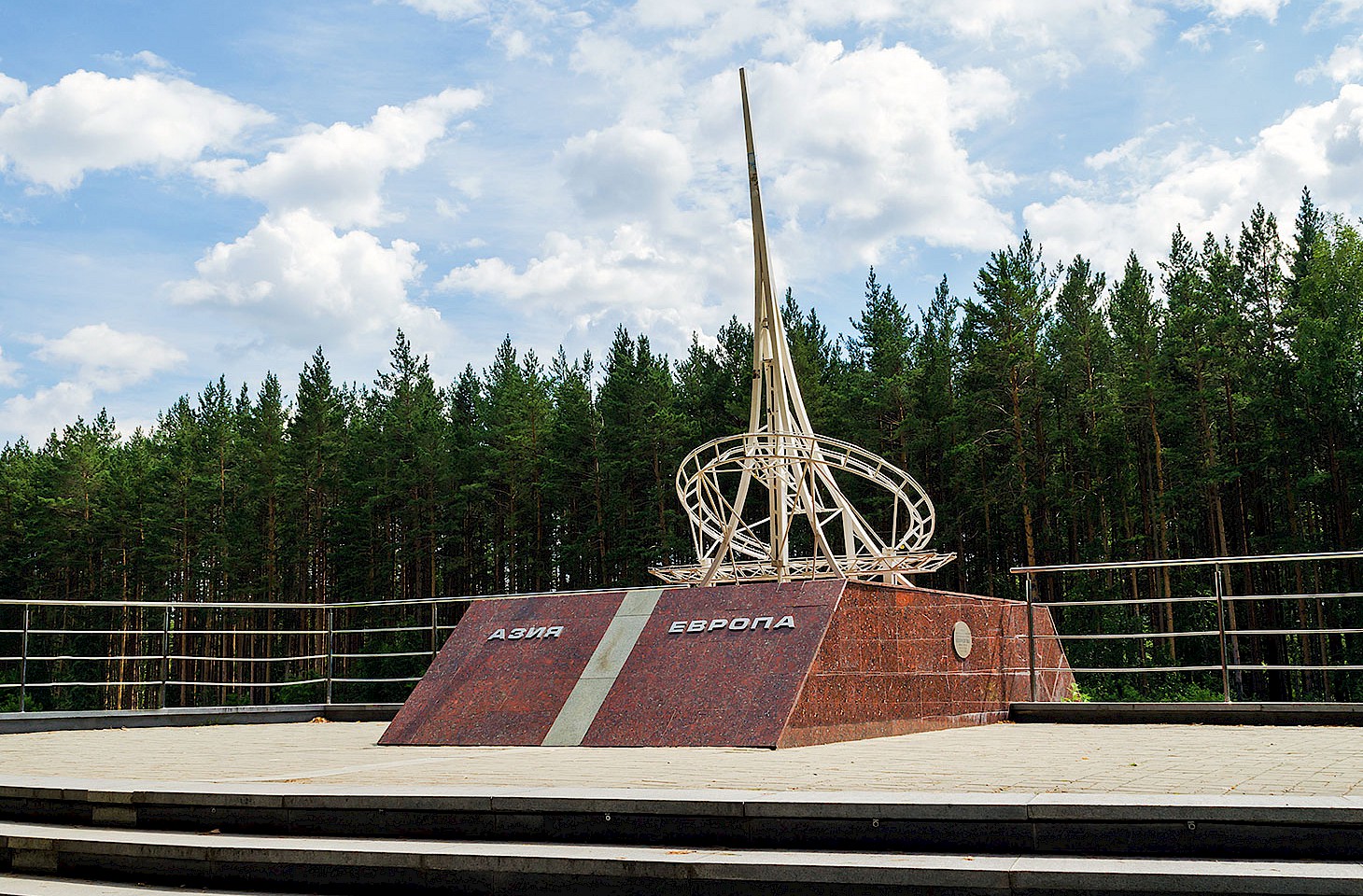Juozapas Jakstas swings back the large wooden panels making up the southern wall of his church, which open like a giant altarpiece overlooking the fields and forests on the edge of Aukstaitija National Park in eastern Lithuania. Then he stands back to reveal the beautifully carved sculptures of the interior — St Michael vanquishing the devil, the twelve Apostles in the form of doves, biblical excerpts carved on the inside of the oak doors. “These are our core values, they are human nature,” he explains, tracing his hand across an inscription. “They stay the same throughout history — despite all the changes history has brought with it.”
Jakstas, a master sculptor and cross-carver, is completely self-taught. A builder by profession, he studied engineering but in 1977 — disillusioned with the ideology of the Soviet authorities in Lithuania at that time, and more particularly, their attitude towards religion — he quit his job. He had no specialist training in art or sculpture — he was a site manager, he explains, in charge of various building projects. With a swathe of responsibilities, Jakstas didn’t have time to even think about art, let alone study it. He began to drink heavily when he left his job — “really heavily” he says with an emphatic sweep of his hand. A dark period for him — then he found inspiration in faith. “One day, I just woke up and decided I would start carving,” he states simply, “and my sole inspiration for this decision was God.”
Juozapas Jakstas swings back the large wooden panels making up the southern wall of his church, which open like a giant altarpiece overlooking the fields and forests on the edge of Aukstaitija National Park in eastern Lithuania.
He stands neatly dressed in his garden, with waistcoat and striped shirt, a dark beret perched on his head; clean-shaven but with a dusting of white stubble on his chin, and a scattering of gold teeth. His eyes are a bright steel blue, his hands cracked and powerful.
Jakstas was born in this region of Lithuania — the house behind us, where he lives, once belonged to his parents. After he had started carving, he took over the garden area — there was a barn rather than a church here at the time, and the barn served as a store for his early work. Then in 1987 he became the regional leader of the national reform movement called Sąjūdis. Before long, his name was passed on to the Soviet authorities by informers, and Jakstas’ barn was burnt down. So — as much a statement of defiance as an act of faith — he built a church in its place.




